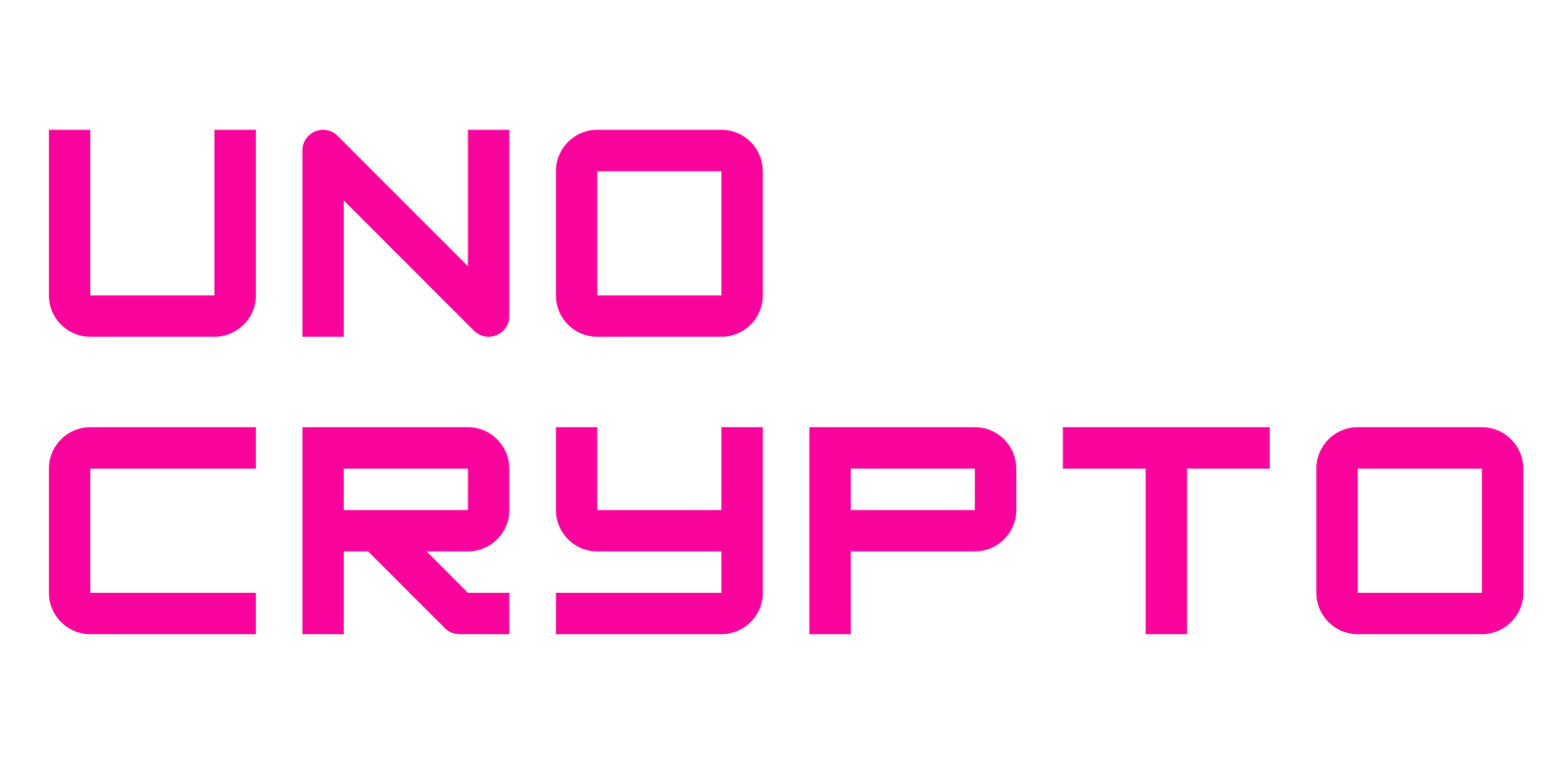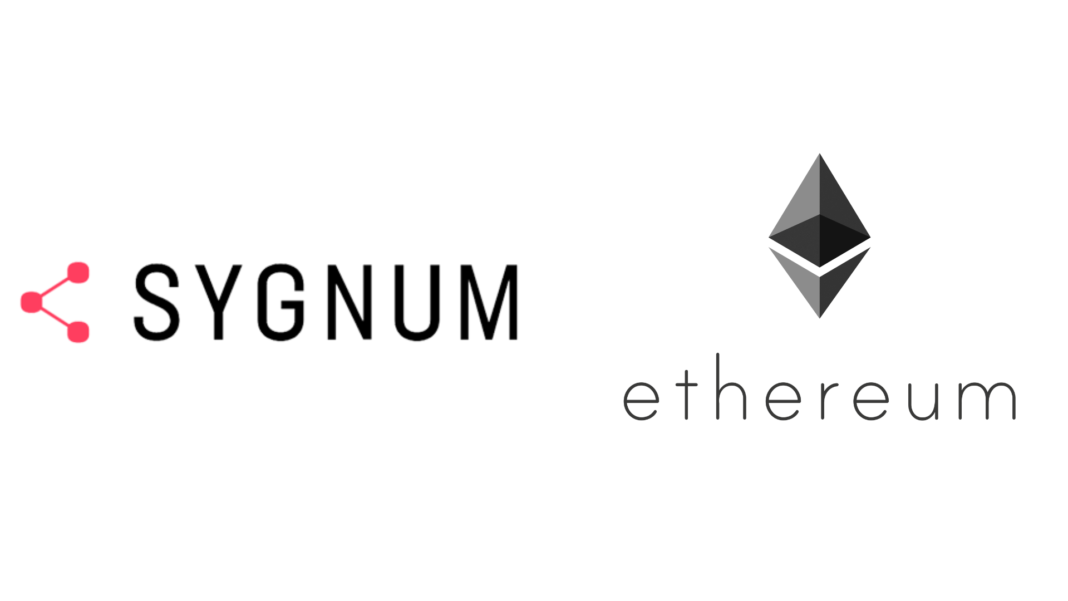The rapid advancement of Ethereum’s layer-2 (L2) scaling solutions has raised questions about how they may affect the mainnet’s revenue. According to some analysts, layer-2 platforms may eventually reduce mainnet revenue and impede Ether’s price increase as they lower transaction fees.
Katalin Tischhauser, head of research at Sygnum Bank, thinks it’s too soon to say if these L2 solutions would eventually increase the network’s growth or eat away at Ethereum’s revenue.
Ethereum’s Layer-2 Scaling Solutions on Ethereum’s Mainnet
Tischhauser explains that while layer-2 scaling naturally shifts some transactions away from Ethereum’s mainnet, it also enables new types of transactions, likely generating long-term growth.
“The long-term view is that the NET effect will be growth for Ethereum L1 because the cheap L2s can catalyze new types of transactions previously not possible,” Tischhauser stated. Since L2s rely on settling their transactions on the mainnet, a substantial L2 expansion could increase Ethereum’s activity, Tischhauser argues.
The topic gained further attention when decentralized exchange Uniswap, a significant fee generator on Ethereum, announced plans to shift to its L2 solution, Unichain. A full transition to Unichain could see Ethereum validators lose between $400 million and $500 million in annual revenue.
This trend has led Matthew Sigel, head of digital asset research at VanEck, to revise his firm’s 2030 Ether price prediction from $22,200 to $7,300 if the revenue shift to L2 solutions continues at a similar rate.
Vitalik Shares Ethereum Network’s Challenges
Amid these developments, Ethereum co-founder Vitalik Buterin has been sharing insights into the network’s challenges, particularly regarding transaction fees and the centralization of block construction.
In an article published on his blog titled “Possible Futures of the Ethereum Protocol, Part 3: The Scourge,” Buterin addressed economic concerns around staking and discussed the high transaction fees that persist despite scaling advances.
According to Crypto Fees statistics, Ethereum’s daily fees range from $1 million to $5 million, which is a significant decrease from the steady $30 million level.
Ethereum is also facing competition from other layer-1 blockchains with cheaper fees and faster finality, as noted by Leena ElDeeb, a research analyst at 21Shares. Despite these challenges, Henrik Andersson, chief investment officer at Apollo Capital, contends that Ethereum’s scaling approach has reinforced its position as the leading layer-1 blockchain.


